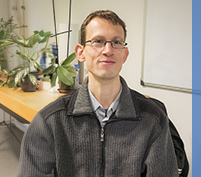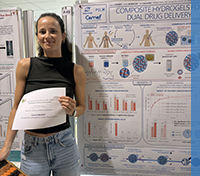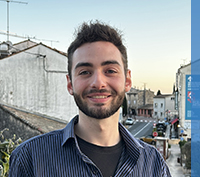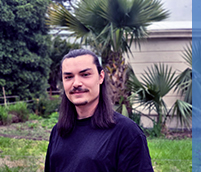PhD defence of Victor Grand
5 December 2022
Victor Grand defends his PhD in Computational Mechanics and Materials on Dec. 5th, 22
"Characterization and modeling of zircaloy-4 recrystallization during hot forming"

Victor Grand conducted his PhD work under the supervision of Marc Bernacki (MSR team). He defends his PhD in "Computational Mechanics and Materials" on December 5, 22 (subject to the agreement of the reviewers) in front of the following jury:
M. Lukasz MADEJ, AGH University of Science and Technology, Reviewer
M. Javier SIGNORELLI, Instituto de Fisica Rosario, Reviewer
M. Frank MONTHEILLET, Mines de Saint-Étienne
M. Pierre BARBERIS, Framatome, CRC
M. Alexis GAILLAC, Framatome, CRC
Mme Nathalie BOZZOLO, CEMEF, Mines Paris, Université PSL
M. Baptiste FLIPON, CEMEF, Mines Paris, Université PSL
M. Marc BERNACKI, CEMEF, Mines Paris, Université PSL
Abstract:
Due to their low neutron-capture cross-section, their good mechanical properties and their resistance to corrosion, zirconium alloys are used in nuclear industry for several decades. The manufacturing processes are complex and include several deformation and heat treatment stages. Each of these steps must fulfill two criteria: getting closer to the final product shape without any defect and provide to final product a microstructure suited to withstand the severe conditions in nuclear reactors. Consequently, and to fulfill the high security requirements of nuclear industry, it is necessary to understand and master the microstructure evolution during the forming and heat treatment processes. Moreover, the development of predictive numerical tools at the mesoscopic scale is thus of paramount importance.
To that end, many hot deformed microstructures were characterized by EBSD to determine the impact of thermomechanical conditions and of initial microstructure upon microstructure evolution of zircaloy-4. These data have been compared to full-field simulation results at the mesoscopic scale. To do so, Gourdet-Montheillet laws were introduced into a Level-Set model, embedded into a finite element framework and the results validated. This implementation enables to simulate continuous recrystallization mechanisms for dynamic and post-dynamic conditions and thus to improve the model ability to simulate recrystallization of zircaloy-4. Experiment and simulation results have enabled to quantify the influence of initial microstructure and to discriminate which microstructural features condition the observed mechanisms. The current limitations of the developed approach were also discussed.
Keywords: Hot forming, Zirconium alloys, Recrystallization









